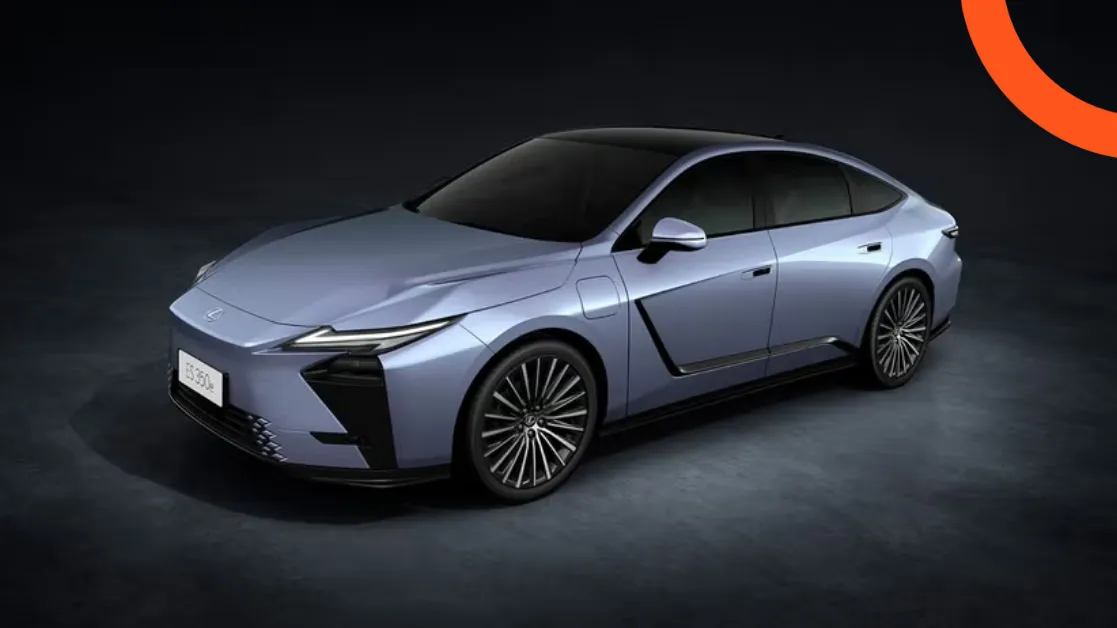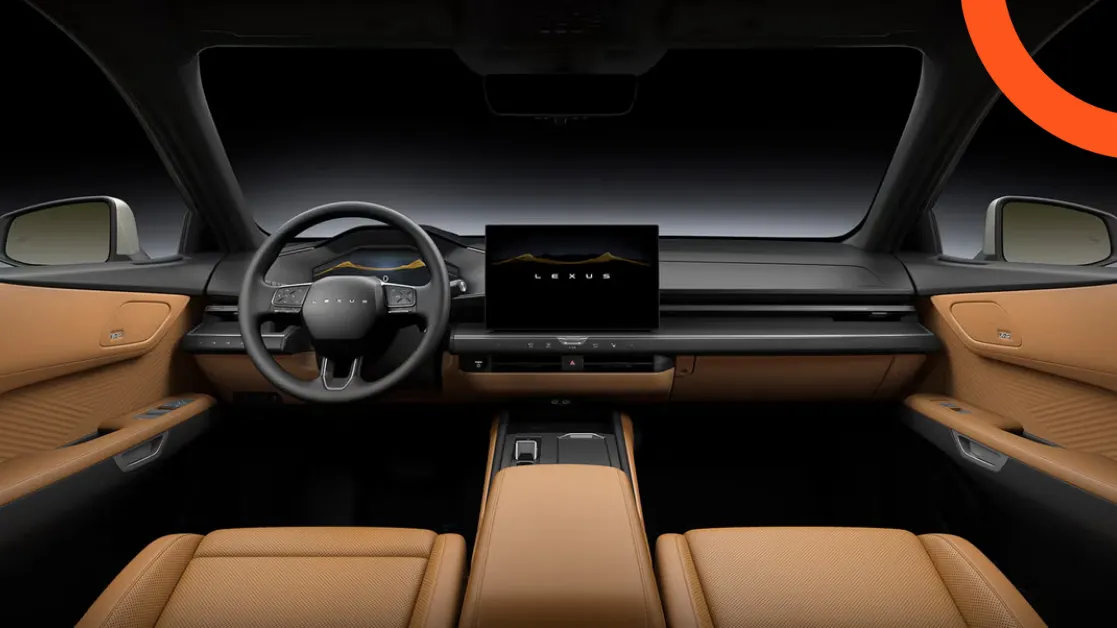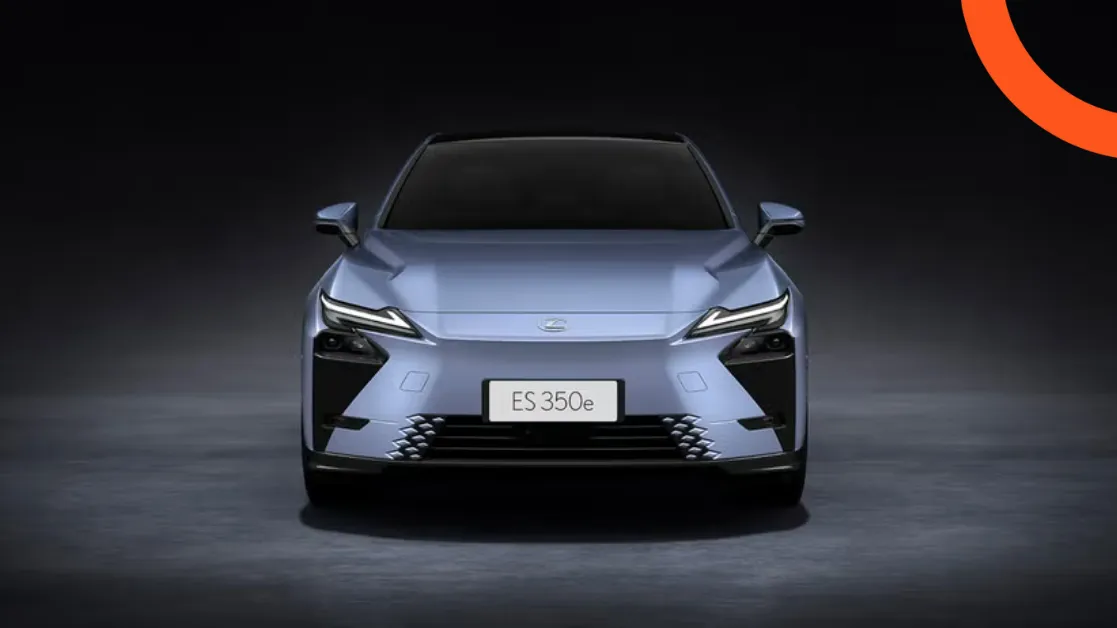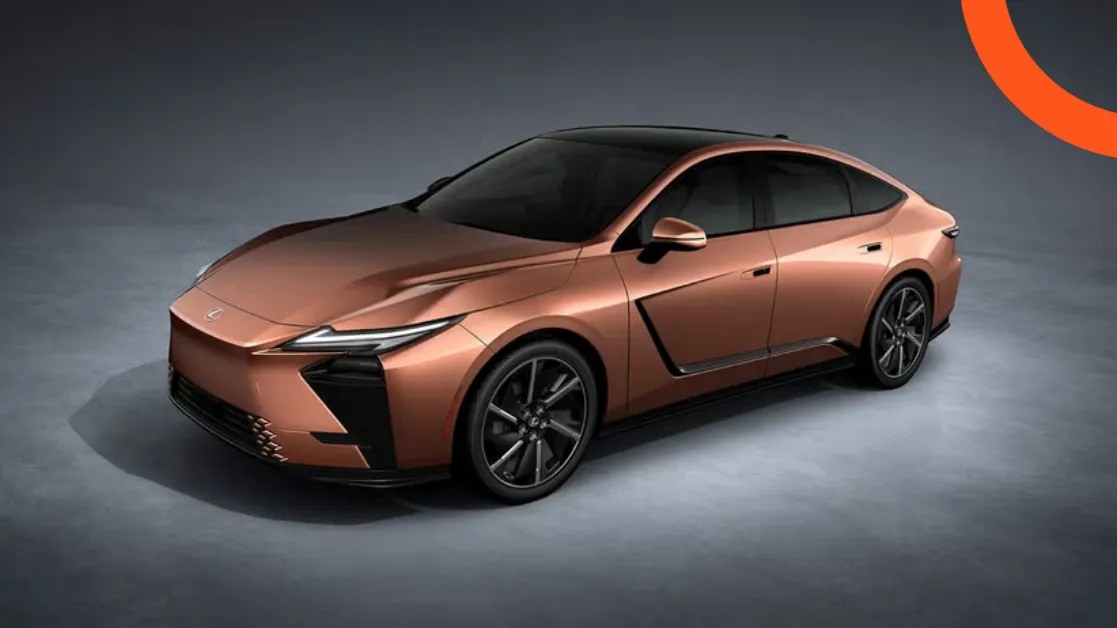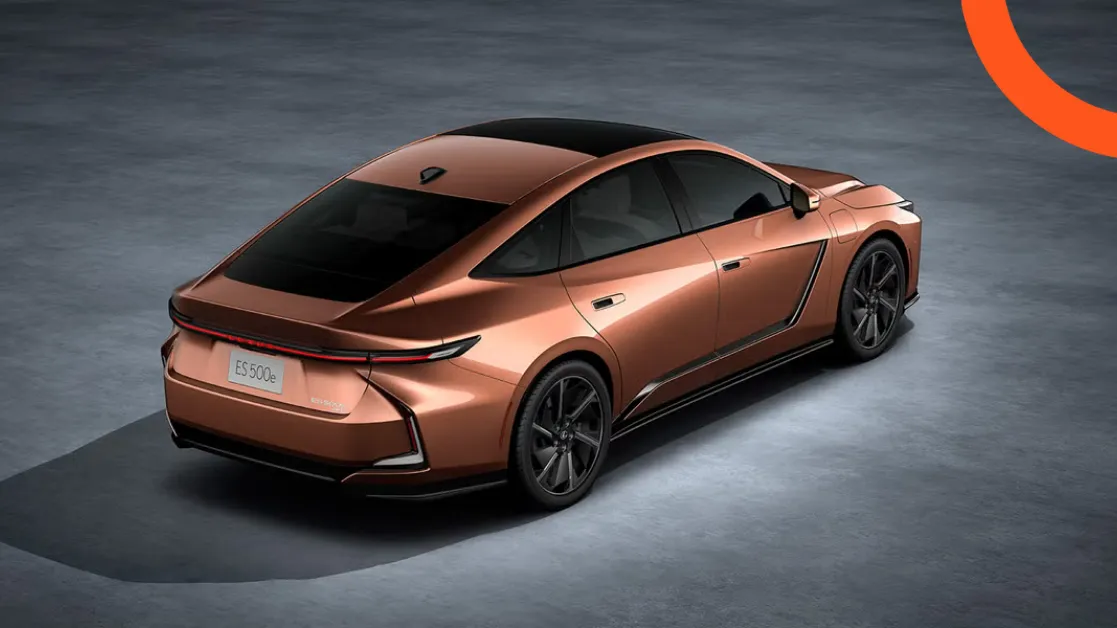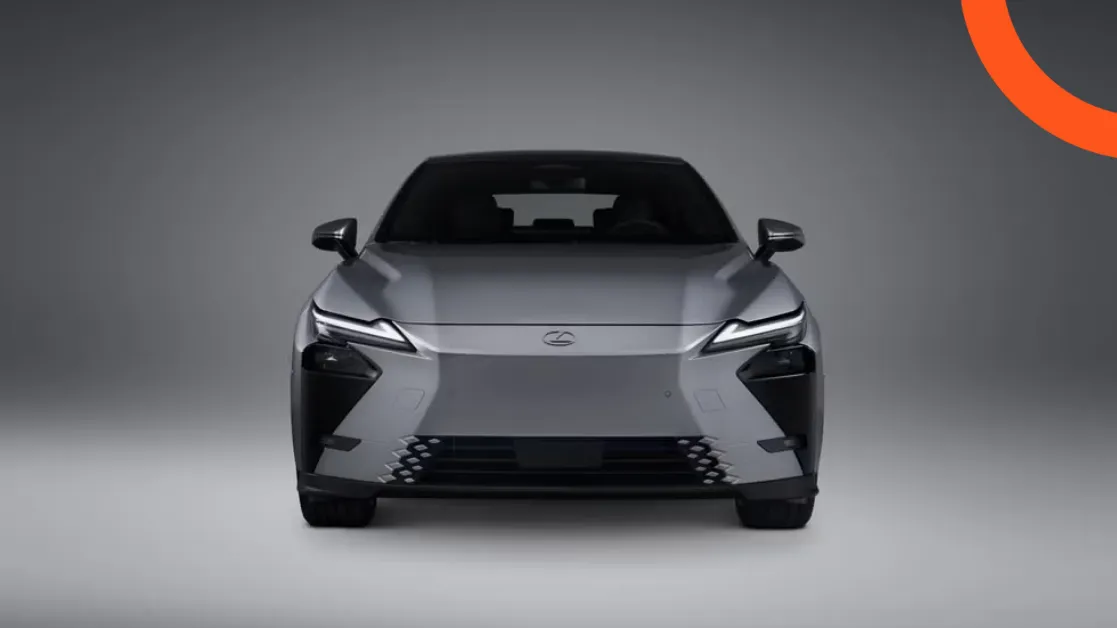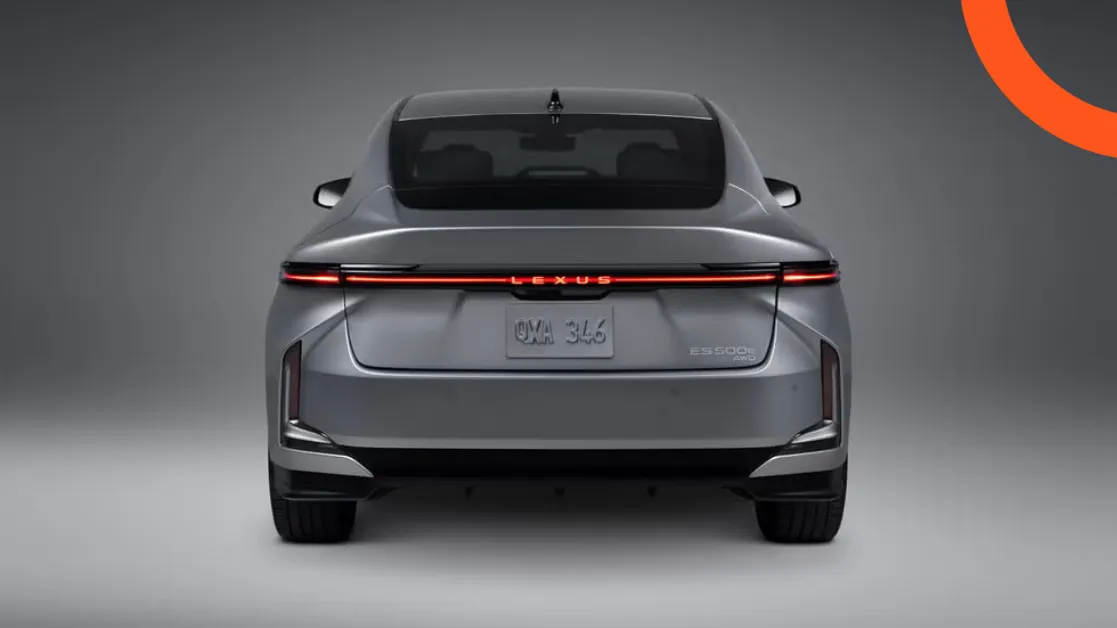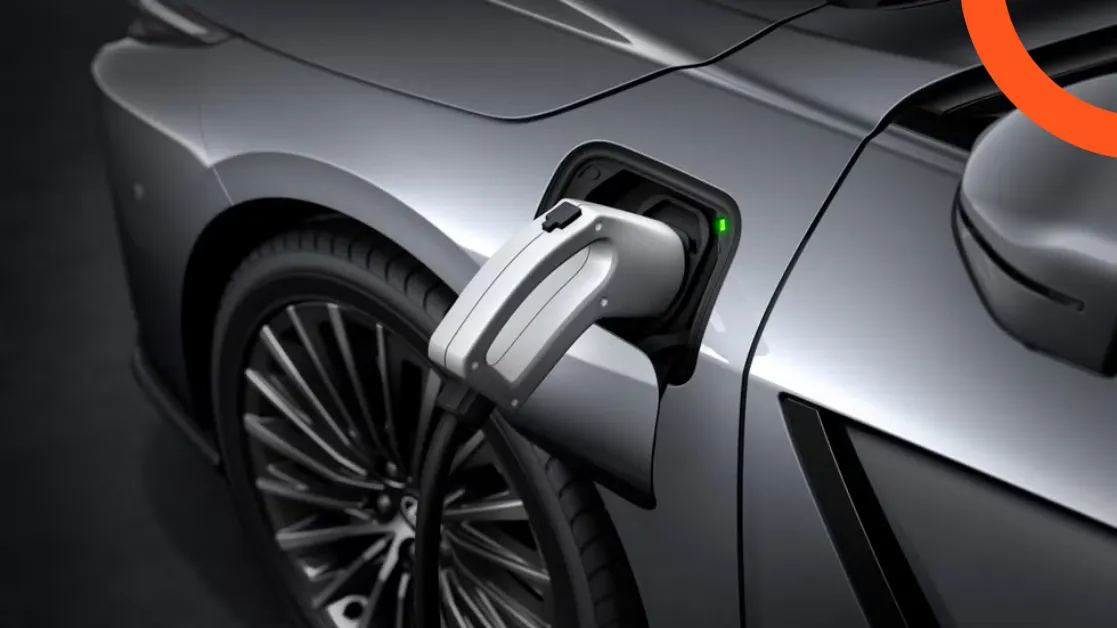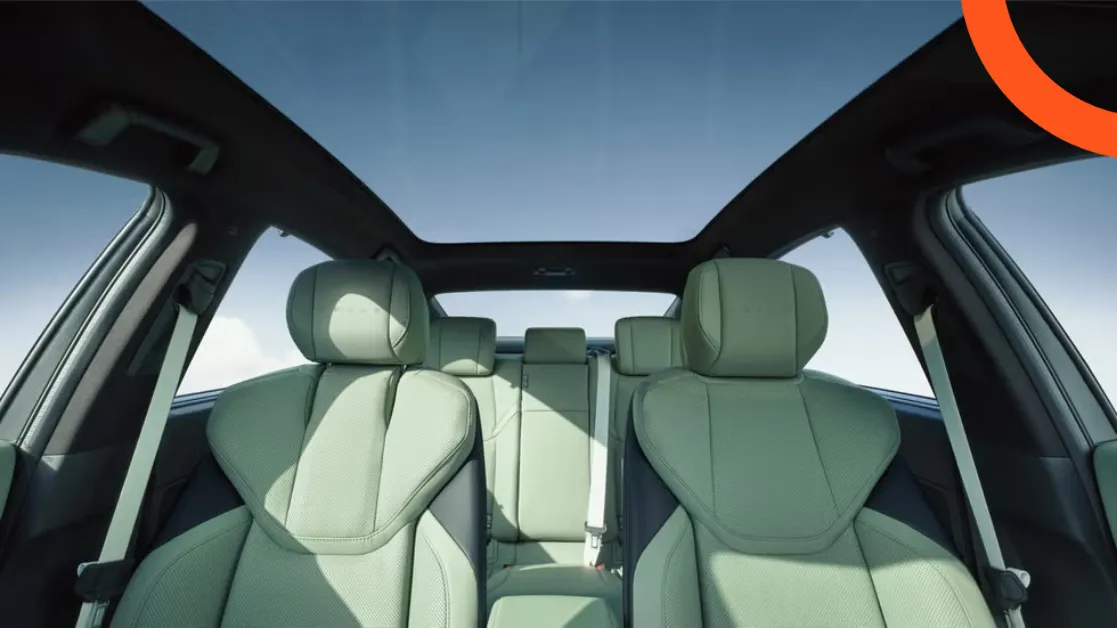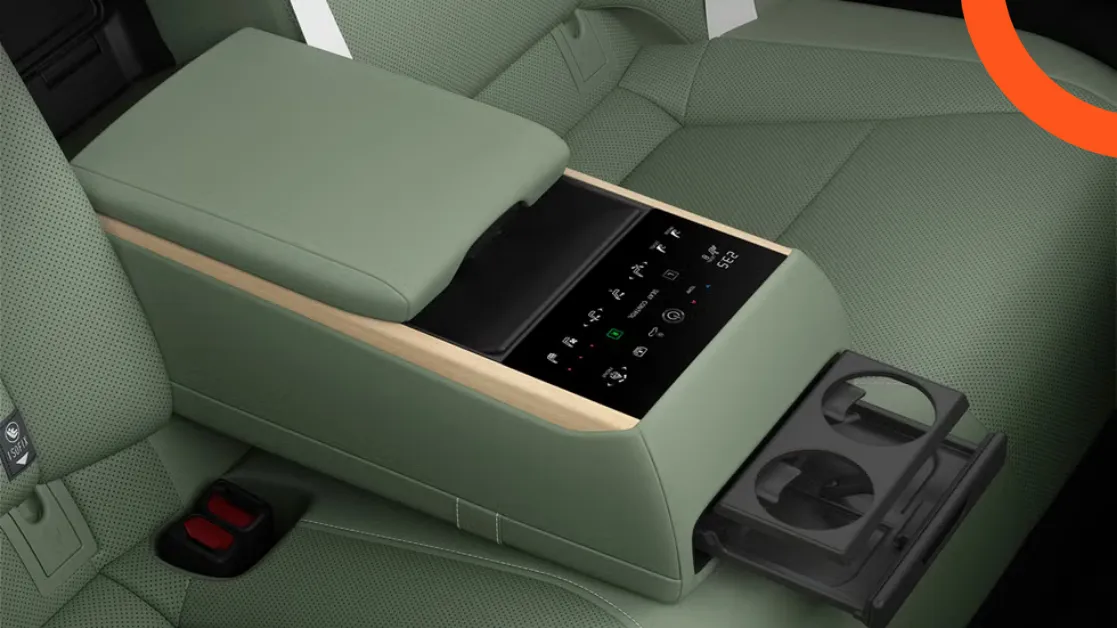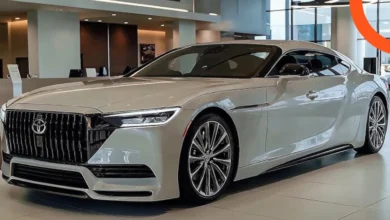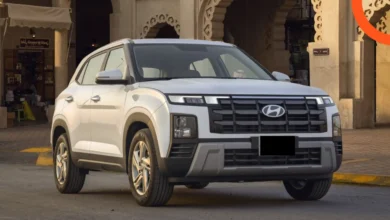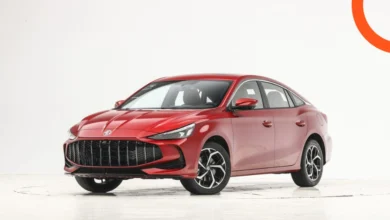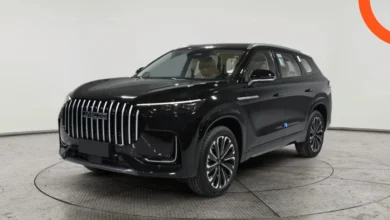2026 Lexus ES Specs
In the face of growing competition within the mid-size luxury car segment, Lexus has unveiled a fully revamped version of the 2026 ES model, introducing comprehensive changes. While the previous generation, launched in 2018, had received several updates over the years, the need for a fresh redesign became evident. This led the Japanese automaker to reinvent its iconic sedan. The new generation features larger dimensions, with the overall length increased by approximately 165mm. Additionally, the hybrid model sees an increase of 110mm in height compared to its predecessor, resulting in a more luxurious presence and a more spacious interior cabin.
2026 Lexus ES Offers in Saudi Arabia
Performance
| Specifications | Lexus ES 350e | Lexus ES 500e |
|---|---|---|
| Drivetrain | Front-Wheel Drive (FWD) | All-Wheel Drive (AWD) with Two Electric Motors |
| Horsepower | 221 HP | 338 HP |
| Acceleration (0 – 100 km/h) | 8.9 seconds | 5.9 seconds |
| Suspension System | Multi-Link Rear Suspension | Multi-Link Rear Suspension |
Engines
The 2026 Lexus ES offers two fully electric powertrain options, reflecting the brand’s bold step towards an electric future. The first option, the ES 350e, comes with a front-wheel-drive system that produces 221 horsepower, allowing for a 0 to 100 km/h acceleration in 8.9 seconds. On the other hand, the higher-end ES 500e is equipped with an all-wheel-drive system powered by two electric motors, generating a total of 338 horsepower. This enables the vehicle to achieve acceleration in just 5.9 seconds, offering a more dynamic driving experience. However, the additional weight of the ES 500e makes it less efficient in terms of driving range.
Suspension System
Lexus places great importance on the quality of driving, and this is evident in the 2026 ES, which is equipped with a multi-link rear suspension system. This setup provides better comfort and more effective absorption of road imperfections. Additionally, the vehicle integrates a four-wheel steering system. The rear wheels can rotate up to four degrees; at lower speeds, they steer in the opposite direction to the front wheels, enhancing maneuverability. At higher speeds, the rear wheels steer in the same direction as the front wheels to improve stability and balance. The vehicle is based on Toyota’s latest TNGA GA-K platform, offering a more rigid structure and faster response.
Driving Range
The driving range of the 2026 Lexus ES varies depending on the chosen model and its specific configurations, such as wheel size. The ES 350e offers a maximum range of 685 kilometers based on the CLTC cycle used in China, known for its optimistic estimates. However, Lexus expects the version designed for the U.S. market to achieve a more realistic range of around 483 kilometers per charge. For the ES 500e, which is more powerful but heavier, the driving range decreases to 610 kilometers in the CLTC cycle, based on models equipped with 19-inch wheels. This variation in range demonstrates the impact of factors like vehicle weight and tire size on the overall efficiency of the electric vehicle.
Exterior Design
The 2026 Lexus ES showcases a bold design that reflects the luxury brand’s evolution toward a more dynamic and elegant future. The vehicle’s aesthetic is inspired by the LF-ZL concept car, evident in its modern, sculpted lines. A noticeable change is the redesigned front end, where the large grille, which had long been a defining feature of previous Lexus models, has been replaced. In its place is a sleek, elegant front with glossy black details extending along the sides, giving the car a powerful presence with a bold, contemporary touch.
Wheels
The 2026 Lexus ES offers a variety of wheel options, ranging from 18 to 21 inches, allowing customers to choose between a sportier or more luxurious style, catering to diverse preferences for both performance and appearance.
Lighting
The rear lights of the 2026 Lexus ES have been completely redesigned to enhance the car’s visual identity. The lower lamps feature L-shaped elements that serve as turn signals, while the reverse lights are positioned at the bottom of the rear end. Additionally, a single fog light is placed on one side, complementing the new look and functionality of the vehicle’s lighting system.
Exterior Additions
The new exterior touches reflect Lexus’ commitment to a modern aesthetic. One standout feature is the front charging port on the fender, clearly indicating the availability of a fully electric version of the ES, which will be launched alongside the standard hybrid model. Additionally, the rear now sports a fresh signature with the “LEXUS” name spelled out in bold letters, replacing the traditional logo, and positioned on the upper light bar that spans across the rear.
Interior
The interior of the 2026 Lexus ES offers a refined blend of comfort and modernity, emphasizing a clean, uncluttered layout. A key highlight is the minimalist dashboard that replaces the traditional abundance of buttons with intuitive touch-sensitive controls. The redesigned steering wheel now features the “Lexus” name elegantly engraved, replacing the classic emblem, while the gear selector has been reshaped for a more compact and contemporary feel. In the rear, passengers enjoy first-class amenities, including massage functions and an integrated climate control panel within the center armrest, making every seat a place of comfort.
Infotainment and Technology
Technologically, the 2026 ES raises the bar with a 12.3-inch digital instrument cluster that presents information in a sleek, modern format. It’s paired with a large 14-inch central touchscreen for infotainment controls. Select models also offer a dedicated screen for the front passenger—an innovation that reflects Lexus’ drive for a more interactive and premium cabin experience. Beneath the main display, Lexus has thoughtfully included touch-operated shortcut buttons alongside a traditional volume knob for ease of use while driving. The panoramic glass roof can be dimmed at the touch of a button, enhancing the sense of personal control and ambiance within the cabin.
Interior Materials
The cabin’s design signals a shift from classic luxury to a bolder, more inventive aesthetic. Lexus incorporates unconventional materials like wild bamboo, which brings a natural, calming feel to the space. The dashboard also features 3D-printed elements that replicate the texture and appearance of bamboo, showcasing Lexus’ attention to fine detail. Adding to the cabin’s allure is the ambient lighting, seamlessly integrated into the door panels—an innovative design approach not previously seen in Toyota’s luxury lineup. This immersive lighting experience adds a distinct touch of sophistication and exclusivity.
